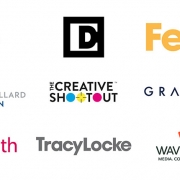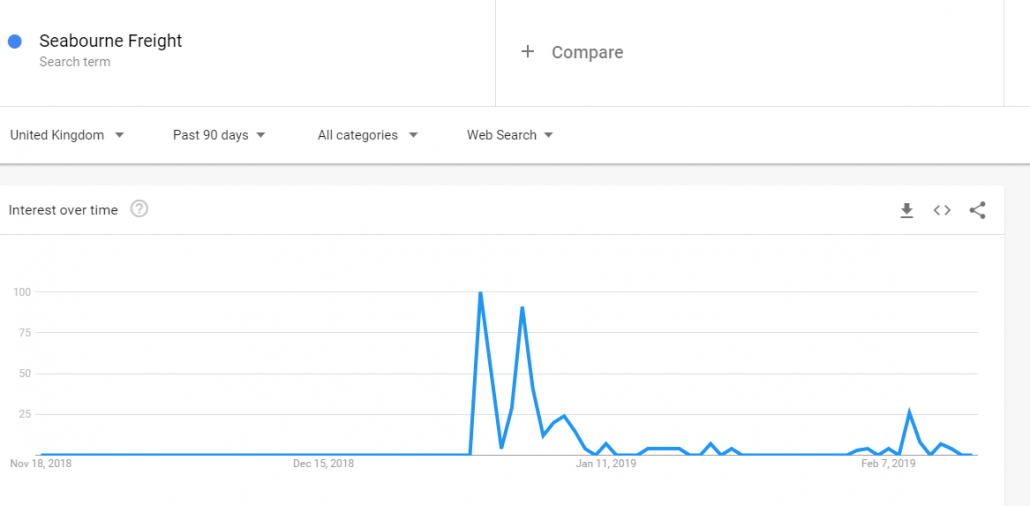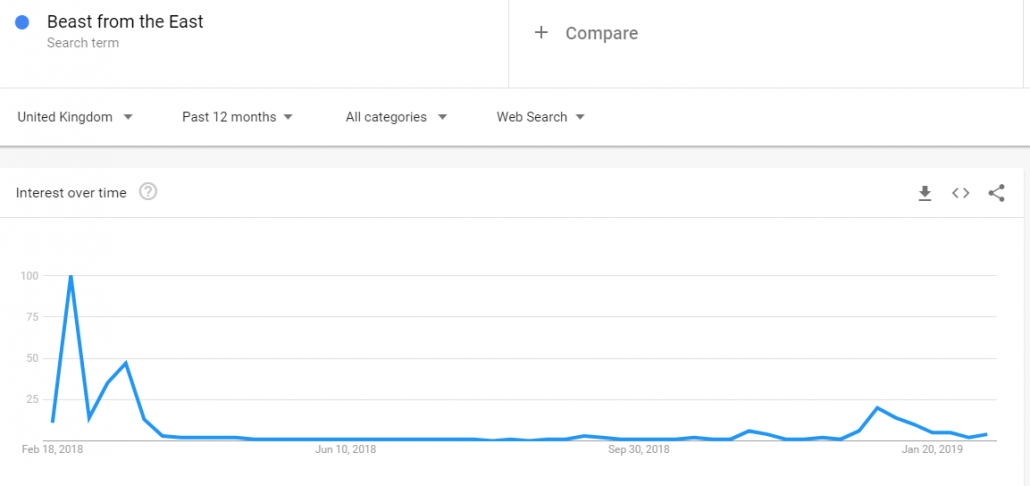PR and comms leaders prepare for recovery
PR and comms leaders are increasingly focused on recovery in Q2 according to the Vuelio Barometer which analyses themes dominating the public posts of 897 heads of and directors.
The Vuelio Barometer of PR and Comms Leaders shows that ‘Recovery’, which includes the terms ‘return to work’, ‘learn from’ and ‘get back to’ among others, has become more important since the start of lockdown and most recently accounts for nearly two in five (36%) of all online discussions among PR and Communications Leaders. This was up from being the main topic of less than a quarter (23%) of conversations in Q1.
Social media debate among PR and Communications Leaders about ‘Action’, including the terms ‘we’ve decided’, ‘start’ and ‘we need’, in contrast has decreased over the same period. In Q4 2019, two thirds (67%) of all conversations were about action. This fell to less than half (45%) of all social media conversations among PR and Communications Leaders in Q2 2020.
Over the same period, non-COVID-19 topics focusing on the community and outreach – such as Charity, Employee Wellbeing, Green Business and Institutional Trust – declined. Trust fell from accounting for one in seven conversations (14%) in Q4 2019 to just one in 20 (6%) in Q2. Unsurprisingly, COVID-19 dominated, increasing from half (50%) in Q1 to accounting for two thirds (65%) of all social media conversations among PR and communications leaders by 20 May.
Analysing which recent PR campaigns had cut through to grab the attention of industry leaders, the Vuelio Barometer found the most successful was ‘Clap for Carers’ which throughout Q2 accounted for four in five (81%) campaign conversations. In contrast, the Government’s ‘Stay Alert’ campaign was referred to in just one in ten.
Natalie Orringe, chief marketing officer at Vuelio said: ‘Our analysis of the online conversations of PR and Communications leaders reveals since Q1 2020 a shift from debating what action has to be taken to, in Q2, discussing how recovery can be managed. It demonstrates how the industry is turning from responding to the implications of COVID-19 to focus on the proactive, sustainable strategies needed to enable businesses to recover. There can be no doubt COVID-19 has reshaped the industry and continues to account for nearly two thirds of all social media conversation among communication leaders.’
Based on this insight, Vuelio has developed a range of products designed specifically to support organisations as they move from crisis management to proactively managing reputation for recovery. Packages on the Vuelio Recovery Hub include ‘Get up and Grow’ to help small to mid-sized companies kick start their PR programme; ‘Re-start-up’ for mid-sized businesses to maximise the effectiveness of their communications; and ‘The Full Works’ for large, complex organisations that need to accelerate their communications.

























